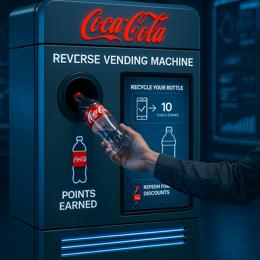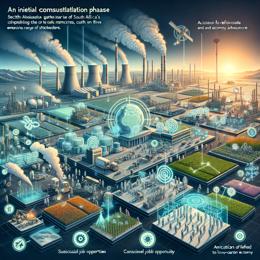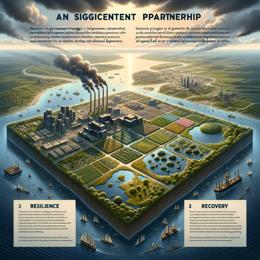Picture: for illustration purposes
Microplastics: Silent Killers in our Environment and Health - Steps to Reduce Exposure
As of today, an alarming 10 billion tons of plastic have been manufactured globally. Out of this staggering figure, an estimated six billion tons are discarded as waste, posing a severe threat to our terrestrial and marine ecosystems. Microplastics - fragments smaller than five millimetres, have emerged as an especially concerning element of this waste.
Found in minute particles even in human organs and bloodstreams, studies revealed that microplastics could harm red blood cells, impeding their oxygen transfer ability. Tests performed on mice exposed to microplastics have shown escalated inflammation levels, alongside behavioural changes. Although the precise impact on human health is yet undiscovered, the potential risk necessitates severe precautions to prevent such contaminants from engulfing our atmosphere and food supplies.
Past studies have discovered abundant microplastics in clouds and rainfall, poisoning our environment, and inadvertently entering our food chain. A recent study conducted around the Vaal River in South Africa revealed alarming quantities of microplastics, possibly infiltrating local crops through irrigation. Such contamination, therefore, directly affects all lifeforms depending on these water resources, including humans.
Interestingly, microplastic pollution is not entirely attributed to plastic waste accumulation. Primary pollution sources are found to be car tyres and textiles, emitting microplastics during their service lifespan. This crucial consideration means that eliminating plastic waste may not confront the microplastic issue.
However, every dark cloud has a silver lining, and there are ways to counteract our exposure to microplastics. These include good ventilation and air filtration, frequent surface cleaning, choosing long-lasting clothing, and opting for natural fabrics. A conscious approach to sustainable living can make a difference, even if it's one household at a time.
While recycling initiatives seem promising, they may paradoxically aggravate microplastic pollution. Recycled items tend to shed plastic particles more rapidly, needing quicker replacements and thus, high chances of more microplastic dispersal.
In conclusion, the urgent need is for stricter measures to inhibit microplastic emissions and safeguard individual health and the environment.










